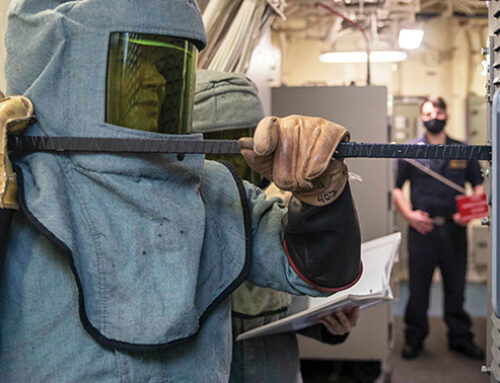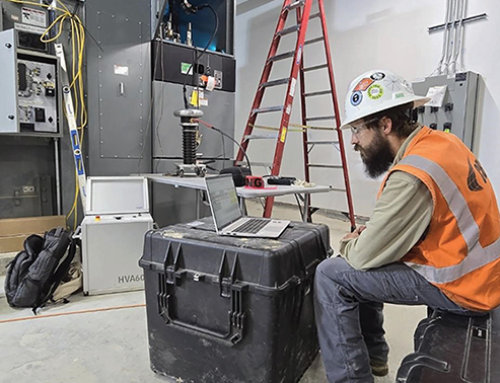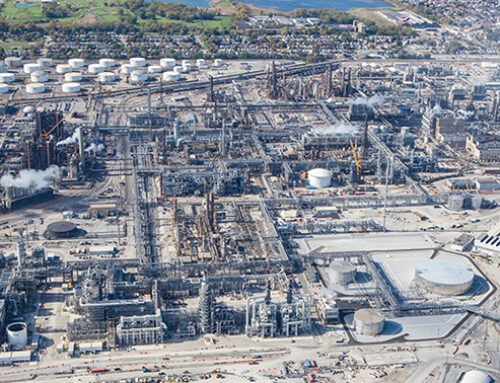Prior to the 2023 release of NFPA 70B, facilities were given broad latitude on how often they needed to maintain their electrical systems. By elevating much of its guidance on testing and maintenance to a mandate, NFPA 70B aimed to introduce a more consistent framework for maintenance schedules. In principle, this would also lead to widespread improvements in operational costs and worker safety.
But change, even when positive, can be distressing. NFPA 70B attempts to make its mandated standards as intuitive and painless as possible for facility owners to implement. We discussed one example of this in a previous post on 70B’s guidance on setting up an Electrical Maintenance Program (EMP). Another example is 70B’s detailed parameters for performing electrical maintenance based on the condition of equipment.
Similar to ANSI and NETA MTS, which recommend testing periods based on equipment condition, NFPA 70B provides additional guidance for assessing equipment by three metrics: Its physical condition, criticality, and operating environment. Equipment assessed under each metric can be graded as Condition 1, 2, or 3. Lower numbers indicate more favorable conditions.
Physical Condition of Equipment
This can begin with visual inspection of a facility’s electrical equipment: Is it new and still clean? Is it dry? Using other senses is also effective. Is there a scent or buzzing that wasn’t there previously? If everything checks out, then the equipment can be assigned Condition 1.
If the results of recent tests deviated from normal — for example, the insulation resistance values are low — the equipment should be designated Condition 2. Condition 3 might apply if the facility has missed maintenance cycles under its EMP. In all three of these situations, the condition will determine a different timeframe and prioritization of maintenance according to the standard’s recommendations.
Criticality of Equipment
The term “criticality” refers to the risk of personal injury that a piece of equipment poses. Conditions 1 or 2 would be assigned if a failure poses a lower risk to personnel. Condition 3, in contrast, would apply if a failure could spell extreme injury or worse.
This can present an interesting debate over where the threshold for injury lies. Virtually every piece of electrical equipment carries the potential for injury and so could be rated Condition 3. The failure of a 20 A circuit breaker is capable of injuring a worker, for instance, but not on the same scale as the failure of a 4,000 A breaker. Defining the parameters for the criticality condition is a topic for discussion when a facility creates its EMP.
Operating Environment
The third category looks at the operating environment and whether a piece of equipment is rated for that environment. Are the surroundings clean and free of moisture or contaminants? How controlled is that setting? In a situation where dirt, chemicals, or moisture are present, a facility’s EMP might call for shorter periods between maintenance to ensure safe and reliable operation.
The condition of a piece of equipment is determined by the worst ranking under any of these three categories. So, if Condition 1 is applied to a breaker’s physical and environmental situation but it scores 3 on criticality, then that final assessment is what should determine how often it needs maintenance.
It is also important to note that neither the ANSI/NETA MTS nor NFPA 70B standards supersede the manufacturer’s recommendations. If a manufacturer states that a piece of equipment should be maintained annually, and NFPA 70B specifies maintenance every 36 months, the manufacturer’s guidance must be followed. Conversely, a facility may decide that periodic maintenance should occur more frequently than manufacturer’s guidance based on equipment condition.
Though NFPA 70B elevated many maintenance standards from “should” to “shall,” it is more notable for its thoughtful guidance on building an EMP framework that makes sense for a given facility.
Watch this EC&M webinar hosted by Mose Ramieh, CBS Field Services vice president of business development, to learn more about the maintenance specifications outlined in NFPA 70B.
With decades of experience in electrical testing and maintenance, commissioning, arc flash studies, and other power engineering services, CBS Field Services’ NETA-certified technicians can help you shape an EMP that fits your facility. Contact us today for more information.
Learn more:












